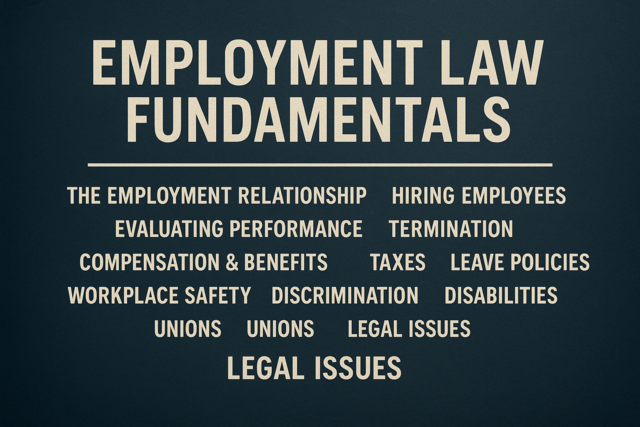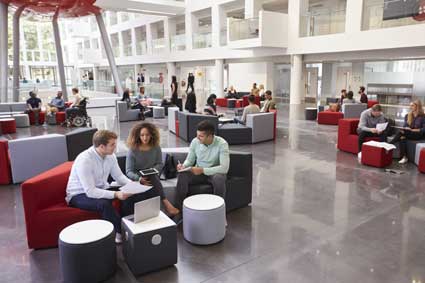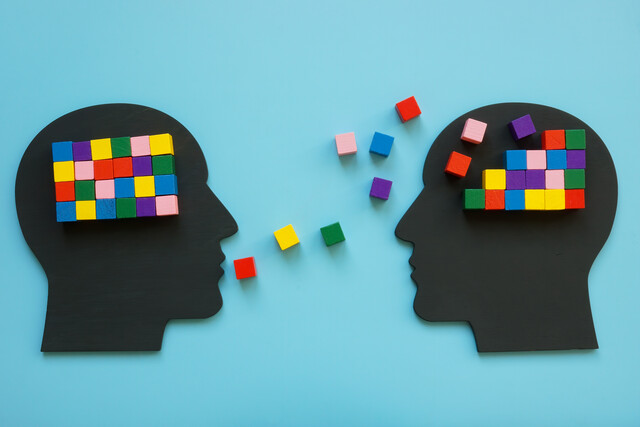When a business first begins, the owners build it up from scratch with a certain image in mind. They know what they want for it down to the smallest of details. They want a certain idea or association for their business so they look at the aesthetic elements in order to create a physical workplace that generates a particular mental image. Unfortunately, the focus on that mental image is usually for the clientele and the public and not the employees who are going to be the ones spending the most time in the business. Keeping staff and their psychology in mind while creating the physical workplace is something that will work to the advantage of the business, regardless of when it is done.
This article will look at the elements of environment and design in the workplace and their impact on the psychological health of the workforce. Topics will include an explanation of those elements and the general role they play in the workplace, their impact on psychological health, and what can be done in order to improve workplace environment and design to your advantage.
What Is "Environment" In The Workplace?
When discussing environment in regards to the workplace, it can mean a number of things. Some simply think of it as the physical location of the workplace and business, and nothing more than that. However, it often refers to everything within that physical location-aesthetic characteristics like lighting and color, services offered, the culture and climate, etc.1 These elements can be a part of the natural design and layout of the workplace, but they can also be generated and influenced by the people who occupy it. For example, a co-worker who is rather loud (e.g. audibly, physical appearance, etc.) might be considered a distracting influence on the workplace environment.
The Impact Of Environment In The Workplace on Psychological Health
The environmental is typically set up and fostered by management. They are a guiding force, regardless of if it is for good or evil, and their attitude on the matter shapes the impact on psychological health just as much as those elements do. Management sets the tone for things like the hierarchy, policies, work ethic, attitudes about success and failure, all of which can influence the environment and psychological health should they fall on the negative end of the spectrum.3 An overly strict and focused work environment, for example, can generate high levels of stress and produce a negative impact on psychological health.
There are certain areas of the environment that can have a noticeable and strong impact on the psychological health of the workforce, and thus employers should pay careful attention to them. They include:
Workplace Culture-Culture is the manifestation of the environment, and is kind of like the personality of the workplace.4 The attitudes and beliefs of the people in the environment-employees, employers, managers, customers, etc.-influence the culture for better or worse. How they behave is going to be impacted by workplace culture, and the culture is going to be impacted by how they behave. This can also cause changes in how people behave, further feeding into the workplace environment.
Safety Hazards-Hazards to safety and well-being can have a major impact on the psychological health of the workforce. If there are significant hazards present, then employees are going to be very aware of them and concerned about the threat they pose. This can be extremely distracting and can cause people to make mistakes. Safety hazards can be a part of the workplace environment, either as a physical characteristic or a cultural one (e.g. bullying).
Physical Location and Design-The physical characteristics of a workplace environment are sometimes the most influential. These include things like the layout of the workplace, lighting, furniture, paint color, etc. They can serve as distractions and obstacles to productivity and may even prevent easy employee collaboration. Something might seem aesthetically pleasing to the eye might be incredibly harmful to the work that employees are trying to do. For example, color schemes that are too bright or "busy" can be seriously distracting even if they look nice.
What Is Workplace Design?
As a major component of the workplace environment, workplace design tends to have a rather significant impact on the workplace. This can apply to their productivity, abilities, and physical health in addition to their psychological health. Design interacts with the other elements to produce conditions that can aid or impede the workforce. When that interaction is negative, this can result in serious harm towards employees and the business as a whole. Sometimes this is due to the combination of elements rather than the elements themselves, but it does vary on a case-by-case basis. The effectiveness of an element like workplace design might seem alright on the surface-e.g. aesthetically pleasing, no major issues-but is actually heavily flawed and unpractical when it's put into action. It might not be completely clear what is wrong or even that something is wrong until there is activity to test out the environmental elements.
The impact that workplace design has on the psychological health of the workforce is dependent on its execution. Regardless of if it is done well, it can still produce an impact through several ways:
Influences Social Relations-Social relations is another way of referring to social interactions and relationships. A work relationship is still a relationship, and it has its own state of health that can further impact the people involved. Social elements in the workplace can be supported or discouraged based on features of workplace design, e.g. personal space. Design that makes it harder for employees to interact with each other in the workplace tends to make it harder to collaborate and support one another. This also makes it harder for management to properly support, guide, and advocate for employees.7
Distractions And Focus-Almost everyone has encountered environmental distractions in their life that impeded their efforts on a task, whether it was at home, school, or work. In the workplace, some elements of design can end up being distracting to employees. This can impede productivity, quality, and general well-being when it comes to an employee's work.8 Things like lighting, color, noise levels, and placement of items (e.g. furniture) can create an obstacle to focus in the workplace. For some employees, divided panels, enclosed offices, or limitations on extra items (e.g. desk decorations) may be needed to help block out harmful distractions.
Improving Environment And Design
When there are problems with employee health, mental or physical, it's best to address things at the source. Depending on what that source is, making improvements might become a rather high priority. With elements of the workplace environment, flaws that negatively impact psychological health can be deeply ingrained into the workplace-sometimes literally. It's not something that can necessarily be fixed by changing your ways or habits at work. Sometimes, a lot of effort needs to be put in to effectively change the workplace environment for the better.
Businesses who need to make improvements to the environment and design of their workspaces need to plan it out carefully. Major changes can disrupt normal operations, so there can be quite a bit of logistics involved. Some of the strategies that employers can use as a part of their improvement plans can include:
Remodeling And Redesign-Remodeling the workplace environment is an extreme change, but it can sometimes be the best-and only-positive option available. When there are flaws built into the design of the workplace that are having major effects on the health of the workforce, those flaws need to be expelled from the workplace. Choosing this option may produce issues of cost and timing, so keep that in mind before making a final decision.
Use Natural Elements-With effects like SAD, it may be best to try and introduce natural elements into the workplace to improve its environment. This includes things like windows and direct sunlight.11 There is also the option to include indoor plants in the office, which also produce physical health benefits through oxygen production and air purification.12 However, it is best to be mindful of health issues like allergies that can be exacerbated by exposure to certain natural elements.
Foster Teamwork And Collaboration-The atmosphere of the workplace environment is shaped by the people who occupy it. When those people do not get along, or do not get along well, the atmosphere is affected. Sometimes, this happens because people frequently work solo rather than in teams. Improving teamwork and collaboration can help ease some of the social issues of the workplace environment while also improving communication, productivity, and intrapersonal relations.14
Go For Comfort-Sometimes the psychological health of the workforce is impacted by environment and design elements because the workplace just isn't a comfortable place. This can be in regards to physical or emotional comfort. Making changes to allow employees the chance to get comfortable in the workplace can include things like decorating their workspace, flexible work hours, or choosing their workspace.15 Removing items from the workplace that are uncomfortable, like furniture pieces, may also be an option should budgets allow for it.
























